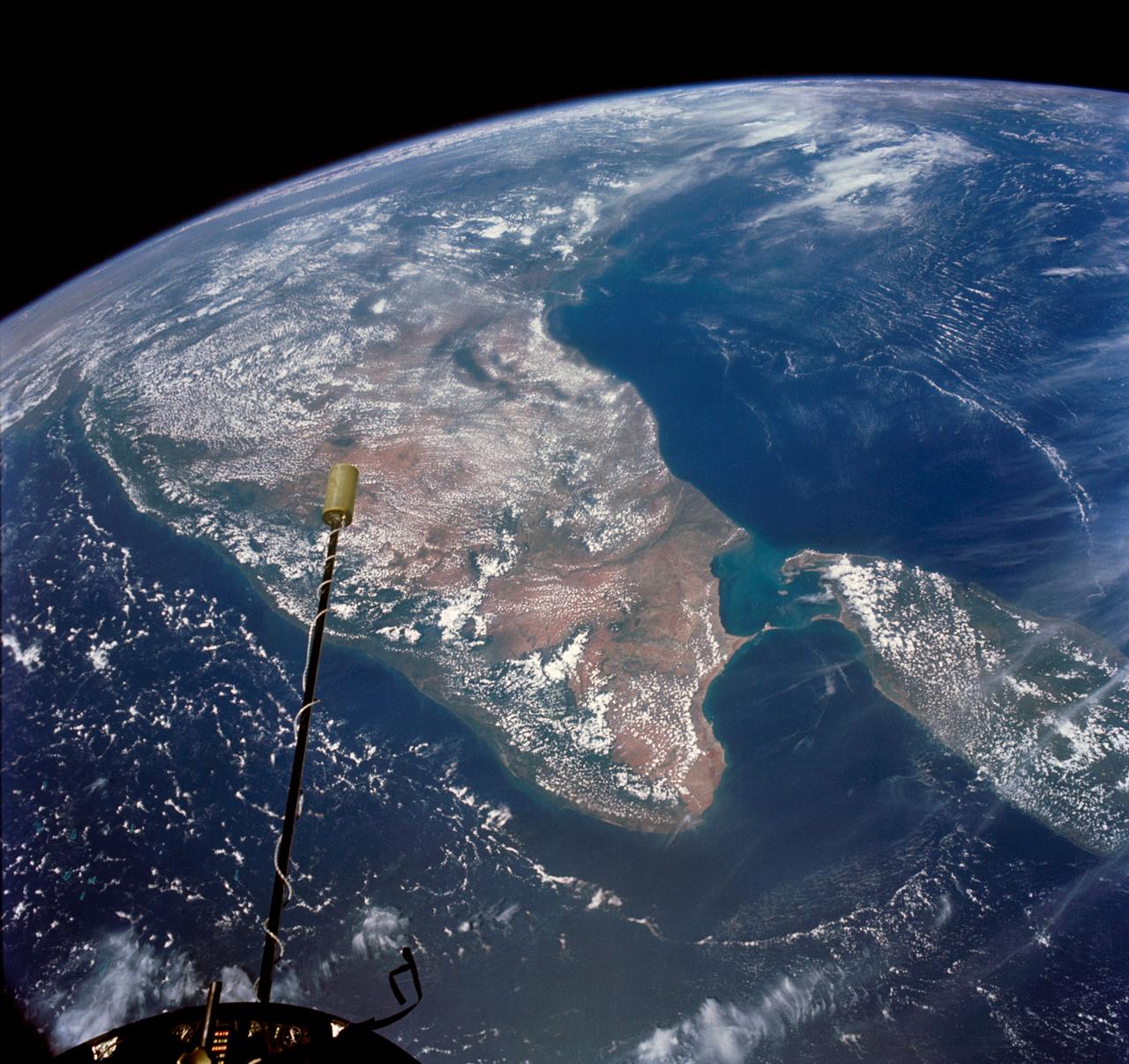World war II was perhaps the biggest hurdle in Victor Hasselblad‘s journey. Although the aerial ROSS HK-7 was the man’s beginning in the camera market, it wasn’t certainly the end. HK-7 turned out to be the jolt he needed to mark his presence in the camera line business under the name of Ross AB. Swedish Airforce was not suitably equipped with the right aerial surveillance tools. Victor, a 34-year-old passionate camera expert was just the man for the job and when the Swedish military turned to him with the task, he promised a better version of aerial surveillance than what germans had.
A total of 240 HK-7 units were manufactured between 1941 and 1943, measuring 31x26x17.6cm and weighing 4.8 kilograms with a 13.5cm (135mm) lens attached. With the shutter mounted behind the lens, the camera had a simple range of shutter speeds ranging from 1/150 to 1/400 of a second.
Victor saw the manufacturing of military cameras as just a step towards designing a consumer camera, and finally, when the war ended he had the time, determination, and experience to target the general masses with an ambitious project- a top-quality, portable camera that would fit in hand.

The Consumer Camera Hasselblad
Victor unveiled the Hasselblad 1600F on October 6, 1948. Originally known simply as Hasselblad, this truly pioneering engineering achievement was a single-lens, mirror reflex, 6×6 camera with interchangeable Kodak lenses, film magazines, and viewfinders.
Then came the Hasselblad 500 series, which began with the groundbreaking 500C, which has become one of the most iconic cameras in photographic history. The 500 series cameras reflect the essence of Victor Hasselblad’s V System, having been improved over time.

The First Digital Compact Camera
Hasselblad’s X1D-50c won the Best Design Award of 2017 from the Technical Image Press Association (TIPA), which honors high-quality photography products.
When the X1D was released in 2016, it was hailed as a game-changer in medium format photography. Since then, the X1D-50c has been used to push the boundaries of photography in a variety of fields, including fine art, documentary, and street photography.
Hasselblad sparked controversy in 2018 when it announced the $48,000 H6D-400c digital camera. Consumers were perplexed as to why a camera would be so expensive. The Hasselblad H6D-400C’s claim to fame was the ability to merge six 100 megapixel images into a single 400 megapixel still picture.
The H6D-400c, according to a Hasselblad official, was targeted at a “unique” niche market of cultural institutions like museums and libraries that want to capture high-quality images to archive manuscripts and priceless jewelry items.
From a small three-story building in Gothenburg, Sweden, Hasselblad produces around 10,000 cameras per year.

Beyond the Earth’s bounds
Hasselblad and NASA joined hands in 1962 during the Mercury program. Adventurous with a Planar f/2.8, 80mm lens.Walter Schirra, a NASA astronaut, and photographer had his own Hasselblad 500C.
Recognizing the excellent performance of the Hasselblad camera, Schirra recommended to NASA that they should use one to record space because the earlier camera model used had produced disappointing results. In October 1962, the modified Hasselblad became a part of Mercury 8’s payload.
The incredible sharpness of the pictures taken by the Hasselblads astounded everyone. It was no easy task to comprehend the demands that space travel placed on cameras and their dependability. The cameras were expected to function flawlessly in the most extreme conditions, including temperatures of over 120° C in the sun and minus 65° C in the shade, and cope up with the lack of gravitational pull and unexpected problems of cosmos.
Every shot was a historical gem, a once-in-a-lifetime chance that would never be repeated. And Hasselblad rose to the occasion time and time again.
One of Hasselblad’s most famous moments in space occurred on July 20, 1969, when the Apollo 11 mission successfully landed the Eagle on the Moon, marking humanity’s first steps beyond our own world.
The revolutionary tech created some of history’s most famous photos by working flawlessly under the harsh conditions of the lunar surface. The Hasselblad was hoisted up to the lunar lander with a line after the good shooting on July 21, 1969. In order to meet the small weight margins needed for a safe return, both cameras with lenses were securely removed and left behind on the Moon.
Only the film magazines with the historic photographs were returned. The photos that materialized in the end, captured humanity’s proud moments.

Revolutionizing phone cameras
Hasselblad has partnered with the Chinese brand OnePlus to produce a new series of phones with one of the most powerful cameras on their backs. In this three-year extendable partnership, the phone giant will produce phones with one of the best cameras that are on the market and available on mobile devices.
Taking from Hasselblad’s expertise in color science, OnePlus has brought a color solution – Natural Color Calibration with Hasselblad to come as close as possible to achieving their enchanting color. With this, the company tries to bring out more accuracy, depth, and authenticity of colors to the images captured on the OnePlus 9 and 9 Pro.
Also Checkout: How To Remove The Crown Icon On Discord















